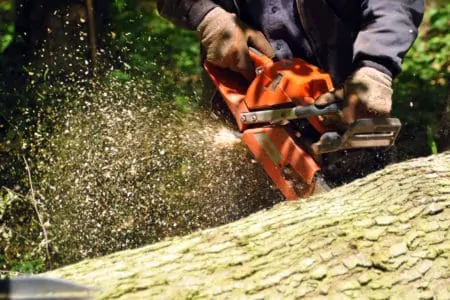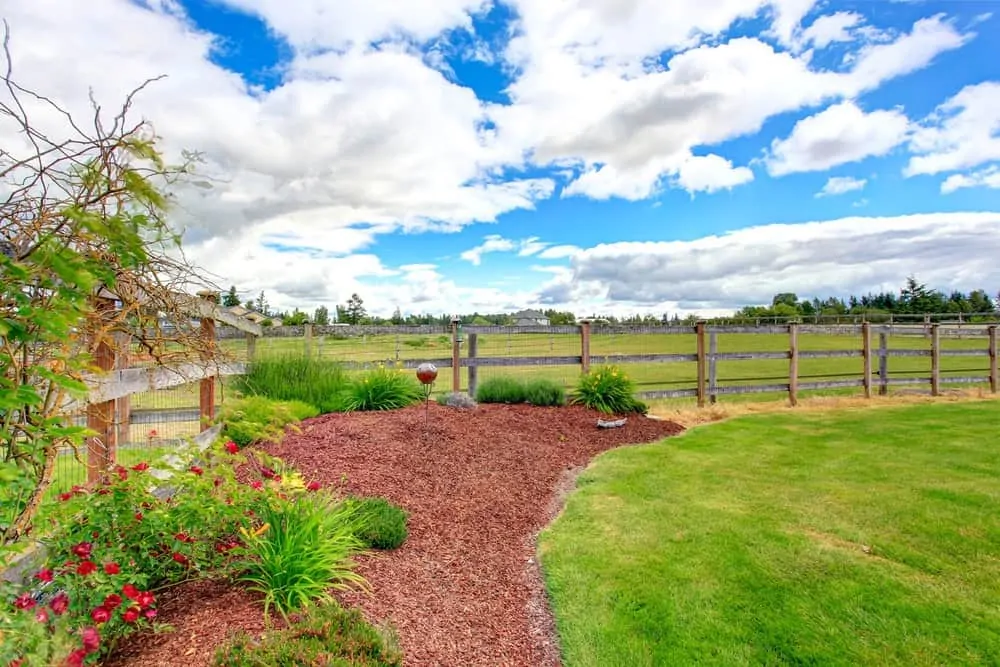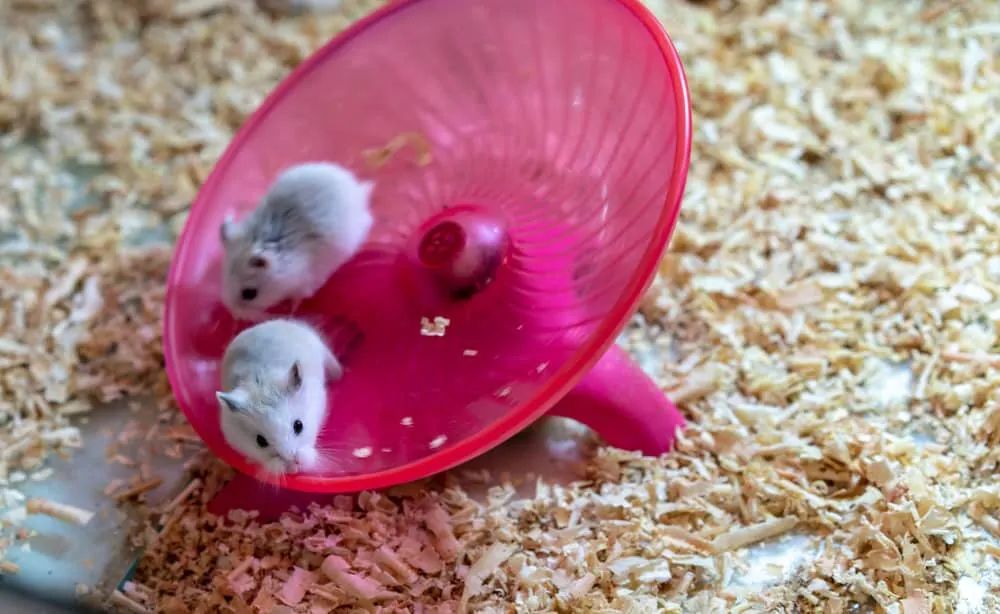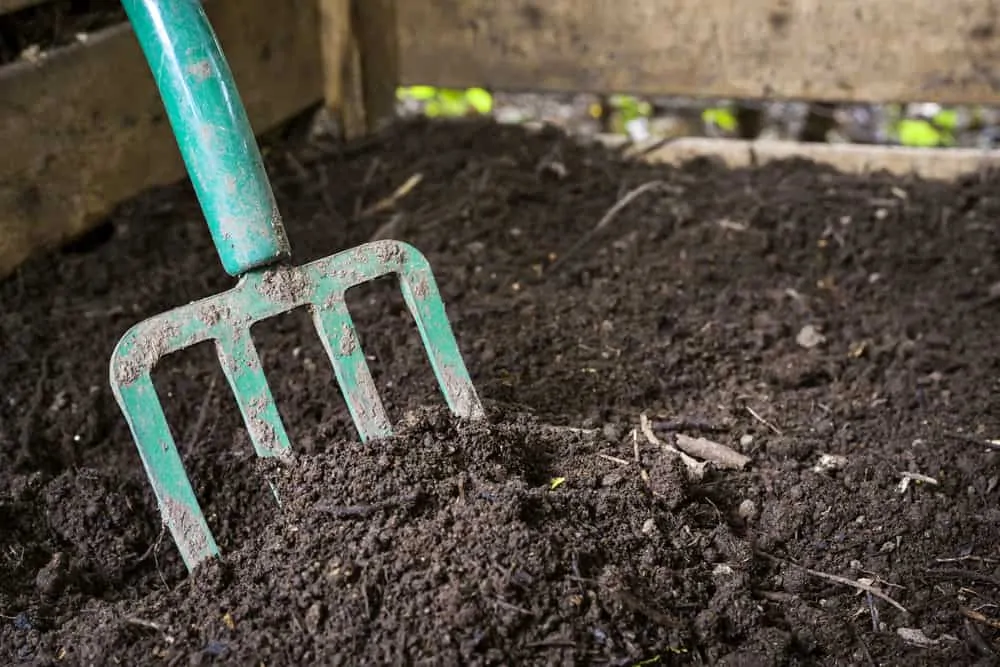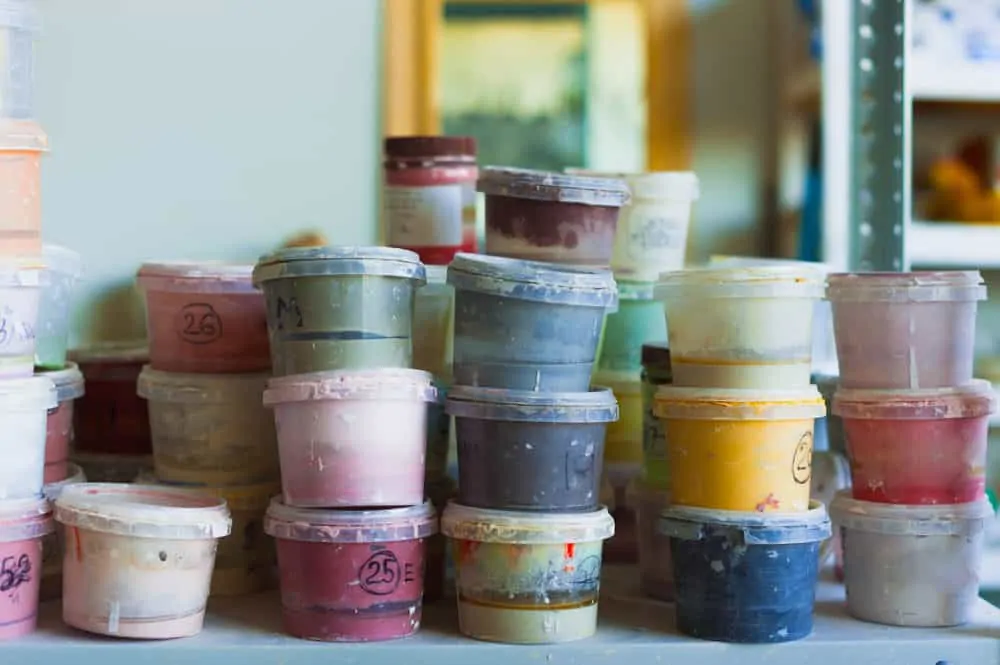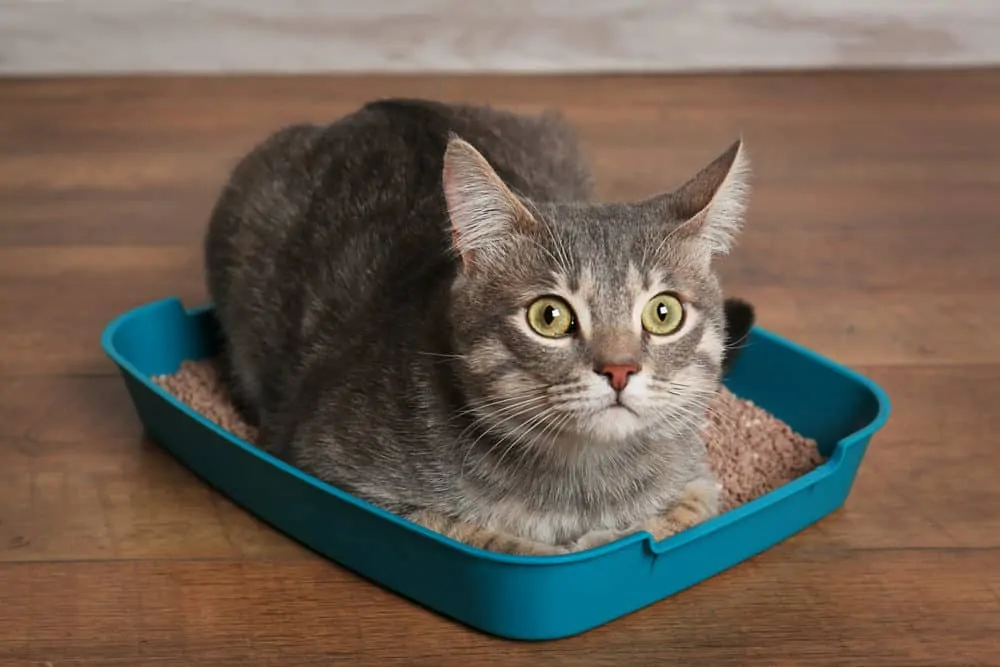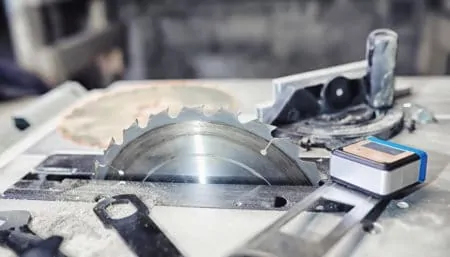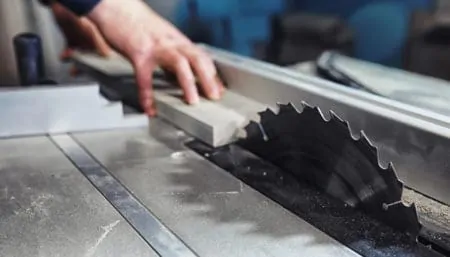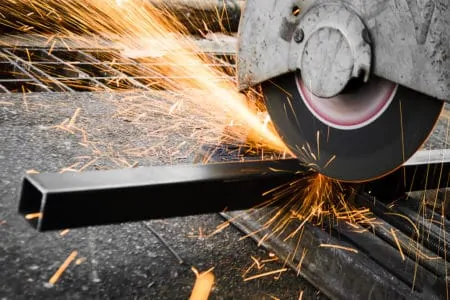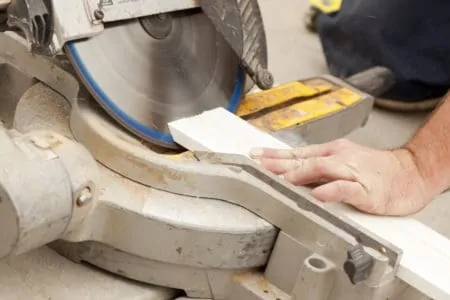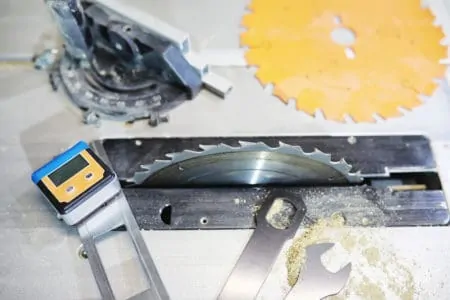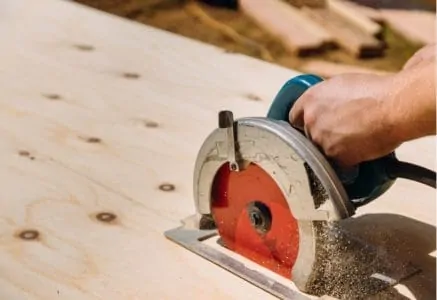Sawdust might be a byproduct of cutting pieces of wood but that doesn’t mean it can’t still be useful. You might be surprised by how many alternative uses for sawdust there are.
Instead of throwing your sawdust away, it is worth taking some time to learn about the different ways sawdust can be used. That is why we have written about more than a dozen different things that can be accomplished with these wood shavings.
These include uses for sawdust in your home and garden, caring for your pets, and making your lifestyle more sustainable. If you have a pile of sawdust and don’t know what to do with it, these ideas might inspire you.
Key Takeaways
- Alternative uses for sawdust include natural weed killer, cleaning grimy floors, pet bed substitute, and soaking up spills.
- Sawdust can be used as plant fertilizer, improving ground traction, paint disposal aid, and DIY fire starters.
- Other uses include sustainable wood filler, arts and crafts material, cement alternative, and kitty litter.
- Remember to use sawdust responsibly and in appropriate amounts to ensure the best results for each use.
14 Alternative Uses for Sawdust
Given that sawdust is just a byproduct created by cutting wood, it is surprisingly versatile. Let’s explore 14 alternative uses for sawdust to help you make the most of it.
1. Natural Weed Killer
Sprinkle a generous amount of sawdust around the base of your plants and shrubs. It acts as a mulch to naturally suppress weed growth. It also retains moisture, which will gradually feed the soil and might allow you to water your plants less frequently.
Quick Tip
2. Clean Grimy Floors
Cleaning up grime can be a major hassle and you might just end up spreading it around instead of removing it. Sawdust is very absorbent, so it is excellent for cleaning. Simply toss some sawdust onto the dirt and wait a while.
You can also mix the sawdust with some water and make a wet scrub. This is effective on hardwood and stripped wooden floors.
3. Pet Bed Substitute
Buying sawdust from a pet store can be expensive. If you are a woodworker or know one, you can save money by using the sawdust that is created. If you don’t have pets that need sawdust but know someone who does, you can do them a favor by giving it to them instead of throwing it away.
Bedding Tip
4. Soak Up Spills
Oil and gasoline leaks can be hazardous, both in terms of slipping and if you have any pets. Sawdust is a naturally absorbent material, so it is great for cleaning up spills. It will also dry the area and make it safe to walk on.
This is the reason bars often have sawdust on the floor. Simply sprinkle the sawdust on the spillage and leave it to soak up the moisture. Once it has dried, remove it and it should take the spill with it.
5. Plant Fertilizer
You can add a small amount of sawdust to your compost, especially if you like growing mushrooms. Fungi often grow in old, damp woodpiles, so adding some sawdust should encourage their growth. This is usually more effective with sawdust from softwood, rather than hardwood.
6. Better Ground Traction
Sprinkling sawdust over snowy or icy surfaces will make the surface rougher and provide some extra grip. The same is true for oil spills. You can also use sawdust to add some grip to smooth garden paths.
If you are painting floors, such as concrete steps or a ramp, you can mix sawdust with the paint to make it less smooth and provide a better grip. This will make the surface a bit safer for anyone who walks on it.
7. Paint Disposal
Leftover paint is rarely permitted to be disposed of in your garbage, so you need to find creative ways to dispose of it. One option is to pour some sawdust into your old paint tin and leave it to absorb the paint. Once the paint has hardened, it is no longer hazardous and can be thrown into the trash.
8. DIY Fire Starters
If you have any leftover wax from candles, melt it in a pan over low heat, then drop enough sawdust in to solidify it. While it is still hot, pour the mixture into old cardboard egg cartons and leave it to set. When it has cooled thoroughly, simply tear off the individual briquettes and they will make great excellent fire starters.
Easy Cleaning
9. Sustainable Wood Filler
This is an old trick used by professionals. When you cut the pieces of wood for your floor, keep the sawdust and grind it into a fine powder. Mix it with wood glue until it has a putty-like consistency. After you place the floor, you can press this mixture into any gaps and it will set rock solid and match the wood color perfectly.
You can also use the sawdust as a wood filler for doors and window frames.
10. Arts and Crafts
Artists often mix sawdust with paint to create textured effects in their paintings. You can also combine the sawdust with white glue or paint to create fake snow for models and dioramas. Mixing it with green paint can create realistic grass.
11. Cement Alternative (For Cordwood Walls)
One of the most common recipes for the mortar to build cordwood walls is 9 parts sand, 3 parts sawdust, 3 parts builder’s lime, and 2 parts cement. The sawdust helps bind the cement with the right consistency.
12. Protect Concrete
Using a wet sawdust mix on your concrete floor protects its surface and bonds to give it a softer appearance and feel. It is also possible to substitute sand for sawdust when mixing concrete to lay driveways and patios.
13. Kitty Litter
Covering the bottom of your cat’s litter tray with sawdust will absorb moisture and help mask any odors. It is an effective alternative to cat litter and far cheaper if you are a woodworker.
14. Compost Toilets
We live in an increasingly eco-aware society, which includes trying to use fewer natural resources. This has led to compost toilets growing in popularity. Sawdust is ideal for sprinkling in the toilet to absorb moisture and odors, as well as kickstarting the composting process.
This is a cheaper alternative to coffee grounds and is just as effective.
